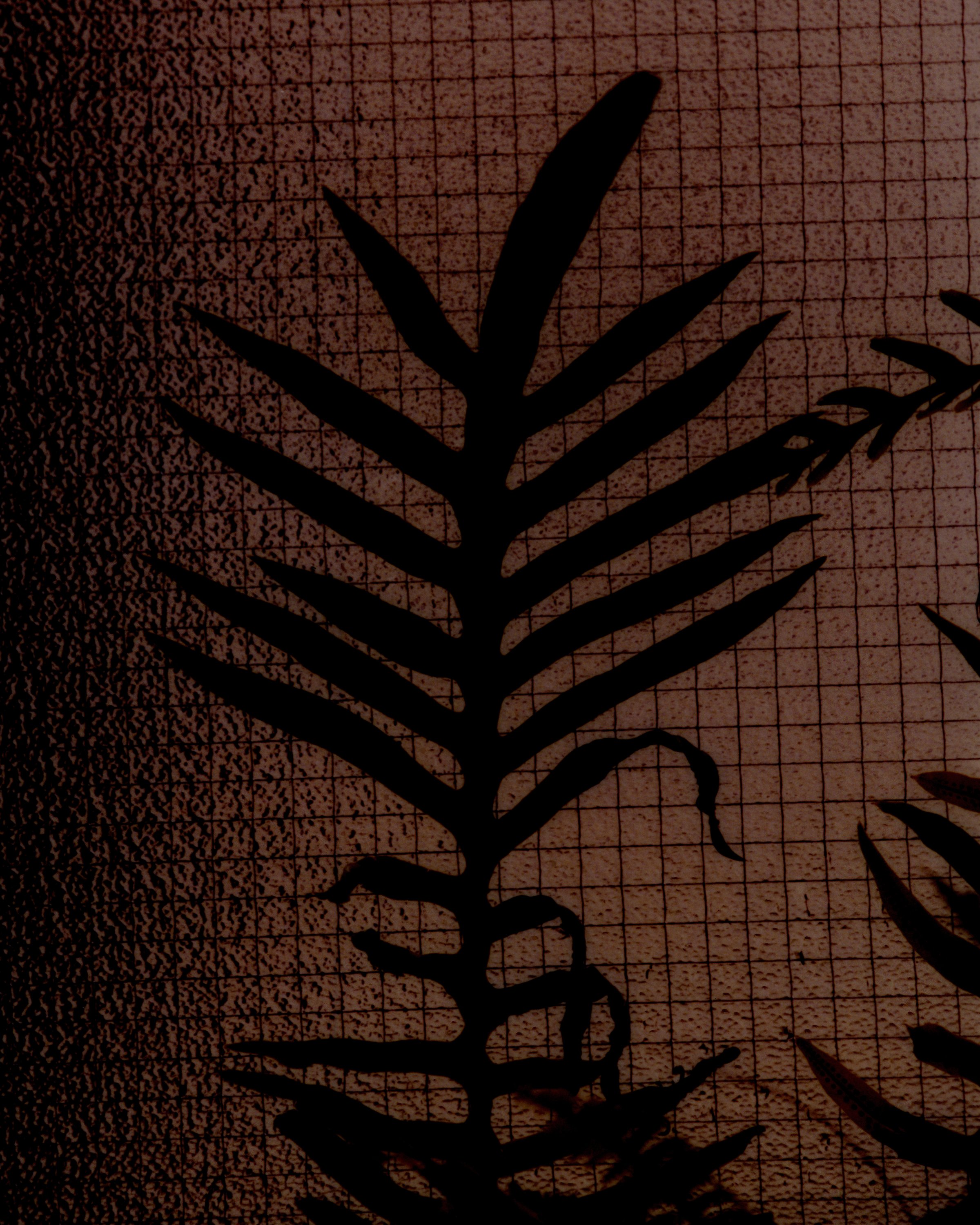ANDRÉS VARGAS
TRANSIENT STATE
september 2021
TRANSIENT STATE
In 1959 in a lecture at Cambridge University, C.P. Snow addressed a phenomenon that he and many colleagues had noticed: a separation in the intellectual sphere; a glaring, if only narrative, gap between "two cultures" whose meeting points outweigh the seemingly irreconcilable differences by which they would have to discredit each other. While things have certainly changed for the better since Snow's day, the dialogue between the interlocutors of these cultures—scientists and artists—still has many gaps, which, if filled, would prove beneficial to both and, in a larger sense, could help answer many of the big questions that remain and those thatare yet to emerge.
Rarely, in the accelerationist and hyper-specialized course in which our actions are circumscribed, is a subject approached from the viewpoint and knowledge of multiple actors, with the eagerness to collectively create a whole greater than the sum of its parts. Art is probably one of the few spaces where this reconciliation is possible, being this the free zone par excellence in which no dogma, in theory, has the final word.
"Transient state" is a title that encompasses multiple aspects of this exhibition, and although it is a concept that arises from the naming processes that occur during photosynthesis, it is equally relevant to the artist's process, who has recently ventured into a means of reproduction that has provided him with a completely different way of understanding and approaching the creation of images. In a moment of his career that coincides with a fortunate encounter with ideas coming from that "other" world, the world of scientists, who among their many horizons, have begun to seriously investigate the intricate system of one of the most essential organisms around us: Plants.
With the advent of quantum biology, we find ourselves once again before a fascinating unknown, and from that look of fascination before this unknown terrain, Vargas, inspired by these ideas, supplements his vision of these organisms that are a recurring subject in his work, by incurring in the creation of images that go from the evident to the completely abstract and imagined, employing light as raw material and the different elements on which this has a transforming incidence.
— Diego Sagastume














